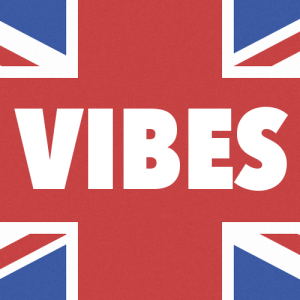Hello folks, it’s London Fashion Week wowow!!
What am I doing to celebrate? Not sure if anything. Probably just putting on my typical ensemble- tank top, cargo shorts, Oakley Oil Rigs, and Jordan slides- in hopes of getting street style’d by Tommy Ton.
Most of my time recently has been devoted to studying/writing papers for midterms, so naturally I got sidetracked and decided to give this blogging thing a go again.
This post might be the most important of the semester. It’s a culmination of thoughts I’ve been thinking for years and serves as an extremely rough draft to my doctoral thesis.
I present, PERPLEXING NEXUSES: FASHION EDITION

RALPH LAUREN (originally named Ralph Lifshitz) was born in the Bronx to Ashkenazi Jewish immigrants from Belarus. After dropping out of college and the army, he pursued his passion to design wide European-style neckties. In 1966, he started stitching ties together from rags in his workspace, a drawer in the Empire State Building
Ralph’s ‘Polo’ brand from the get-go was crafted to project an intelligent, timeless, all-American lifestyle of idealistic preppy-ness; however, what I find interesting is how it has also been adopted by other demographics.

In the 80s and 90s, people in the projects of Brooklyn created an entire subculture around wearing and collecting Ralph Lauren, calling themselves the ‘Lo-Lifes’. In an interview with VICE, rapper Mayhem Lauren explains, “It was more about the pieces for me. I didn’t care about buying, I didn’t care about racking, I just wanted it. There was a time in my life when I was racking Polo, pulling schemes for Polo, and spending checks from my day job on Polo. At the end of the day, it was about coming through fresh.”
Let’s not forget the most vocal wearer of Polos and backpacks:

But while I have been thinking about this American-based Polo link between peppiness and hip hop culture for some time now, I learned about other interesting connections from walking around London.

FRED PERRY was a championship-winning English tennis player and former World No. 1 who won eight Grand Slams. Most impressively, the dude won three consecutive Wimbledon Championships from 1934 – 1936 and was the first player to win a “Career Grand Slam” at age 26 (what am I doing with my life?? Oh right, blogging).
Besides creating the first sweatbands, Perry’s legacy lived on via his still-popular clothing line. What’s cool is that his tennis shirt of white knitted cotton pique with short sleeves and a buttoned placket was first launched at 1952’s Wimbledon, an event known for snobbish and elitist vibes, but grew in popularity due to counterculture adoption.

The Mod culture first rocked Fred Perry in the 1950s and helped the brand truly launch. Mods typically focused on looking sharp as well as listening to jazz, soul, ska, and R&B. They also cruised around in motor scooters and were associated with amphetamine-fuelled all-night dancing clubs. Countless millennials have to thank David Bowie, a young mod once, for founding The Society for the Prevention of Cruelty to Long-Haired Men.
Throughout the 60s and 70s, Fred Perry support continued from teenagers in the Northern soul and skinhead scenes, among others.
FURTHER THOUGHTS:
-What does this all mean??? I’m still synthesizing!!
-Is this any different than Jamaicans wearing Clark’s Wallabees or frat bros sporting Patagonia?
-I loved this New Yorker article that traces Japanese subcultures adopting idealistic Ivy League preppy-ness in the 1960s
-How did certain patterns become associated with ‘prep’? For example, madras takes its name from a city in India
-Da Vinci once said, “Learn how to see. Realize that everything connects to everything else” …Was he talking about Ralph, though??










